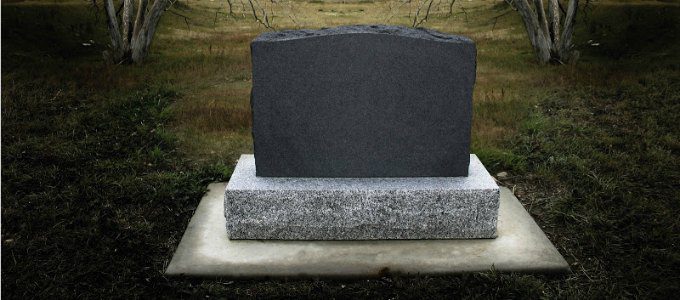Every employee inducted into Facebook’s cubicle-free offices receives the social media company’s version of a “Do Not Disturb” sign — a set of noise-canceling headphones.
“It’s protocol — if I’ve got those on, you’re not allowed to tap me on the shoulder or disturb me because that’s when I’m deeply concentrating,” said Jan Johnson, vice president of design and workplace resources at office furniture company Allsteel. “Once I’m done, I have to take them off so I’m accessible. But when I have them on, I’m in a no-go zone.”
This is just one example of change management practices that assure harmony in an office environment that seats pods of four workers face-to-face at a single table. As the open office layout permeates the traditional walled setup —big tech players like Facebook, Google and Zappos swear by them— learning leaders have to help facilitate change and keep employees happy.
They have their work cut out for them.
The list of complaints against open office environments is long. A 2014 New Yorker review of the setup cited disruptions, lower levels of concentration, heightened stress and lack of privacy as just a few reasons employees tend to hate the setup. A 2014 study published in research journal Ergonomics found that employees in open office settings took more sick days, showing how the setting can affect physical health as well as workplace wellbeing.
But open offices are still popping up as companies turn to the format as a way to save money and space, enforce collaboration and create a living metaphor of “we’re all in this together.”
Learning material publisher Pearson Education switched over to an open format in late December 2014 when it moved to a new office in Hoboken, New Jersey. Jonell Sanchez, global vice president for employability and career success, said despite pre-move jitters, he’s fallen in love.
“I feel smarter,” he said. “I can see people and not walls … I could not stand where I was before, where it was typical 1970s cherry wood for the executive suite. I feel like everyone’s been liberated.”
Now everyone gets their own workspace out in the open. Sanchez said community spaces allow employees to collaborate with people they usually wouldn’t see at the old office.
But with new faces comes new temptation to socialize, one of the most prominent arguments against open seating.
That’s why Johnson said the biggest skillset learning leaders need to establish in employees during such a transition is situation awareness — the ability to work together while respecting each other’s need for space, quiet and focus. “It’s extroverts vs. introverts,” she said. “Extroverts tend to be oblivious to the needs of introverts.”
She said learning leaders also can avoid the worker war by providing sensitivity training. It doesn’t have to include handing out headphones like Facebook does, but it should cover how to recognize when someone is “in the zone,” when to move a conversation into a room and how to handle conflicts if a co-worker is too intrusive.
Prepping a workforce for an open office environment takes more than a refresher course on politeness, however. At Pearson, open offices put vice presidents and assistants at the same table — for example, Sanchez sits across from his assistant.
“Organizations are shifting from thinking about space as a status symbol to thinking about how it supports the function,” Johnson said. Traditionally, offices act as rewards for getting to the top of a company.
This shift from status to function-based space allotment requires more than a social construct change — which on its own sounds daunting. Just as employees have to be aware and accommodating of their colleagues’ needs, change management leaders need to be in tune with employees’ needs and work patterns.
Johnson said learning leaders in charge of change should take note of where employees work and how long they work there. For example, she said many employees sit at their desks only 35 to 40 percent of the time, which might mean they need flexible workstations they can shift in and out of rather than traditional one-to-a-worker desks.
With a growing remote workforce, the only reason some people come into the office is to interact with colleagues. Even then, Pearson’s employees have embraced virtual meeting tools like Google Hangout when they need to reach beyond the Hoboken walls. Inside the office, however, is another story.
“The president of the entire higher education is sitting 40 yards away,” Sanchez said. “If I choose to tap on his shoulder, I can. Of course you know not to interrupt people, but I don’t have to go through dungeons of offices to get to anyone. They’re just there … I feel this weight has come off.”















